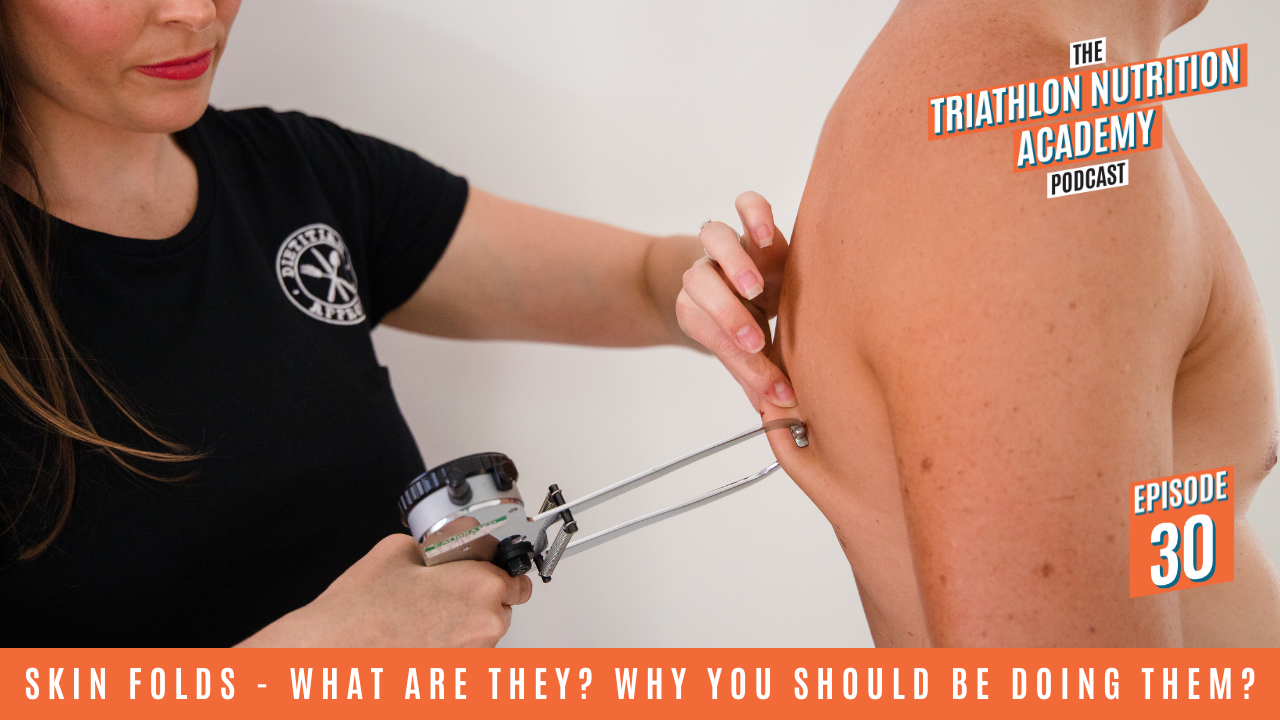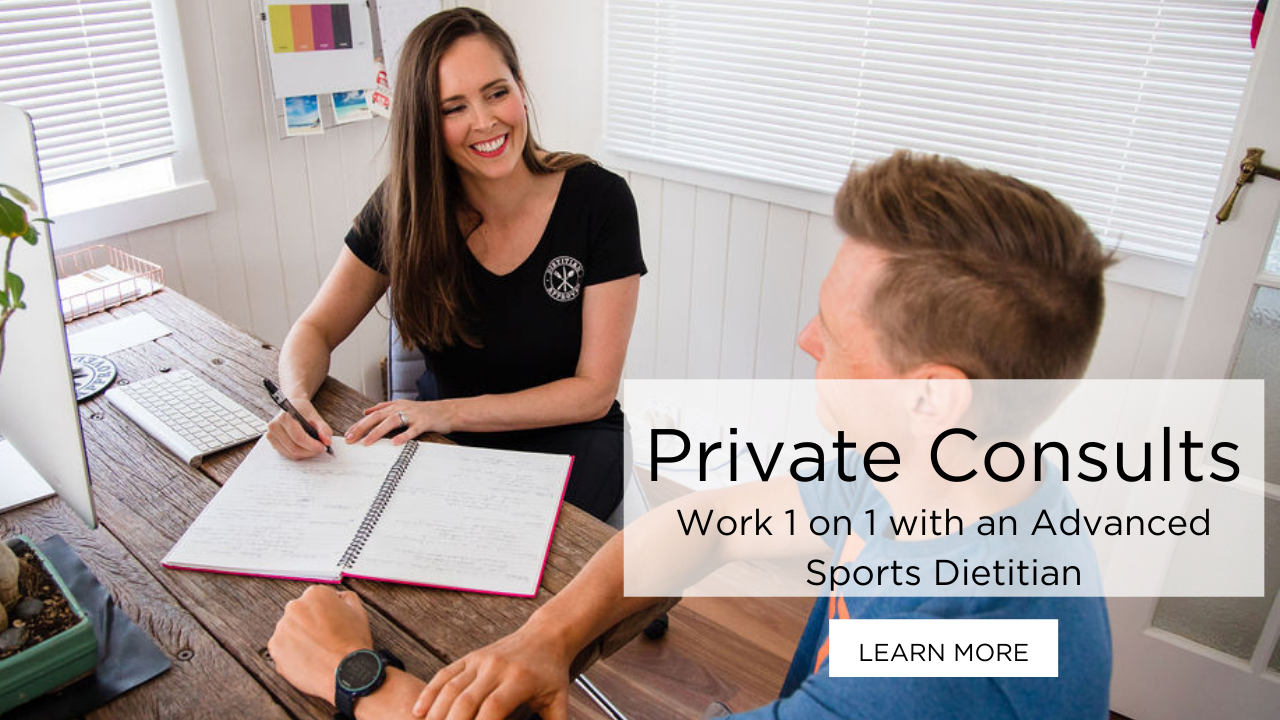Skin Folds: What are they? Why you should be doing them
Mar 04, 2022

Skin Folds: What are they? Why you should be doing them
In our previous episode with Gary Slater, we highlighted why scales are such a poor measure of body composition. (If you haven't already, make sure you go back and listen to that episode!).
In congruence with that, skin folds were mentioned quite a lot as a superior method for measuring body composition. Here's some info into what skin folds actually are, what they measure, how they are done and how to find somebody who can accurately get a measurement for you.
What are used for skin folds?
- Generally performed using metal calipers
- They look painful, but they really don't hurt as much as they look like they will!
- They look painful, but they really don't hurt as much as they look like they will!
What do skin folds measure?
- The calipers measure your subcutaneous fat
- This is the fat that sits on top of your muscles, just under the skin
- This is the fat that sits on top of your muscles, just under the skin
How are skin fold measurements collected?
- The measurement is collected in millimetres, so we get how many millimetres of subcutaneous fat sits on your bicep, thigh, quad etc.
- Measurements are collected across seven sites of your body
- These numbers are added up to generate a total sum of seven skin folds
- This can also allow you to track the change in body fat at each site
- To track change, we look to see if this sum goes up or down over time
- If that number goes down, this means you’re losing body fat and vice versa
- If that number goes down, this means you’re losing body fat and vice versa
Why should you use skin folds to track body composition change?
- They are accurate at tracking change in subcutaneous fat
- There are minimal factors that can influence the results (unlike the scales)
- e.g. hydration, food content in gut, fibre intake etc.
- e.g. hydration, food content in gut, fibre intake etc.
Can you get an accurate measure of body fat percent from skin folds?
- You should never really do this - instead, keep the raw number; this will tell us a lot regardless of having a body fat percent
- There are regression equations that can calculate body fat from skin folds
- However, there are many inaccuracies associated with this
- However, there are many inaccuracies associated with this
How can I get a measurement of my body fat percentage?
- A DEXA Scan will be your best tool for this
- They will give you a measurement of your muscle mass, fat mass and bone tissue
- Make sure you are going to a reliable place
- However, there is radiation exposure involved, so this is something to keep in mind (it also limits how often you can get these measurements)
- Due to the variables involved, it may be hard to identify true change unless there is a shift in your body composition of around 500g or more
How do you get the most accurate measurements possible from skin folds?
- Look for somebody that is ISAK Accredited
- International Society for the Advancement of Kinanthropometry
- This is the international standard for assessing body composition
- These technicians need to be reaccredited every 3 to 4 years to ensure their skills are still adequate
- Make sure you’re getting marked up
- Your bones are used as reference points for the skin fold measurements - these should be marked up accurately and the same spots should be used each time
- Use the same Anthropometrist each time
- Although all technicians are trained the same way, everyone has their nuances of what they do
- This will limit any potential differences (e.g. different equipment etc.)
- Do your testing at the same time of the day, the same day of the week
- And for females, it will also be more accurate if testing is done in the same phase of your menstrual cycle
- Use metal Harpenden Calipers
- These are more accurate than plastic ones
- These are more accurate than plastic ones
Where can I get my skin folds done?
- If you’re in Brisbane, you can come into our monthly Skin Fold Clinic and Taryn can do them for you!
- This will only take about 15 minutes and is also very affordable!
- For those outside of Brisbane, you can visit the ISAK website (https://isak.global/) for somebody who is qualified in your area
How often should I get my skin folds taken?
- They should generally be taken every 4 weeks or can be longer
- Anything sooner than this may be hard to track any real change
- Anything sooner than this may be hard to track any real change
Are there any risks with skin folds?
- The only risk is that we’ll need to get you down to your shorts and, for females, to just a sports bra as well
- You don’t have to do it nude, nor in your undies either, so don’t worry!
- BUT, if you have a predisposition to body image issues, this may be something to avoid
To go deeper, listen to the Triathlon Nutrition Podcast Episode 30: Skin Folds - What are they? Why should you be doing them?
If you’re interested in joining the Triathlon Nutrition Academy, pop your name on the waitlist NOW | Join the TNA Waitlist
If you are looking for a Sports Dietitian and want to learn more about working with me, click HERE to see what I offer for private, 1 on 1 consultation.




